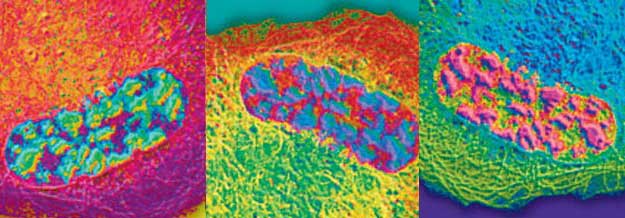ION CHANNELS: THEIR CELL BIOLOGY, STRUCTURE AND FUNCTION
We are interested in the structure and function of ion channels and understanding their regulation and misregulation in health and disease. Changes in ion channel signaling underlies many pathologies, hence they are important targets for development of novel therapeutics. We utilize a combination of molecular and cell biological techniques combined with functional analysis of channel properties to investigate ion channel regulation at the level of alternative splicing of the primary transcript, assembly of the channel complex, trafficking and targeting of the complex within the cell, and the identification of protein and non-protein regulatory molecules.
In recent years our attention has focused on the P2X family of membrane receptors. P2X receptors are cation selective channels that open upon binding extracellular ATP and are widely distributed throughout all major systems in the body, playing a key role in afferent signaling, in the regulation of blood flow and in the generation of inflammatory responses. High extracellular ATP occurs following tissue injury, at sites of inflammation and in cancers and it is known as a DAMP (Damage Associated Molecular Pattern) molecule. The effects of pathologically high levels of ATP are mediated primarily via the low affinity P2X7 receptor. This is up regulated in many disease states and contributes to inflammation and cell death. Our work in this area is currently focused on three main objectives:
1) To understand the mechanisms of regulation of P2X7 receptor signaling and how this changes during inflammation and with age and its implicatio for cancer and traumatic brain injury.
2) To understand the role of intracellular P2X4 receptors in lysosome function and dysfunction.
3) To develop novel ligands acting at P2X receptors for use as analgesics, cardioprotectants and antithrombotics.
We also study the mechanisms of action of the Sigma1 receptor. This protein, resident within the endoplasmic reticulum (ER) and known to act as a chaperone protein, is also a regulator of ion channels, both within the ER and at the plasma membrane. Our work in this area is currently focused on elucidating the mechanisms by which the Sigma1 receptor controls Calcium Release Activated Calcium (CRAC) channels and luminal ER and mitochondrial calcium concentrations. Our main objective is to understand the molecular mechanisms that underlie the proliferative and anti-apoptotic actions of the Sigma1 receptor in cancer cells.



